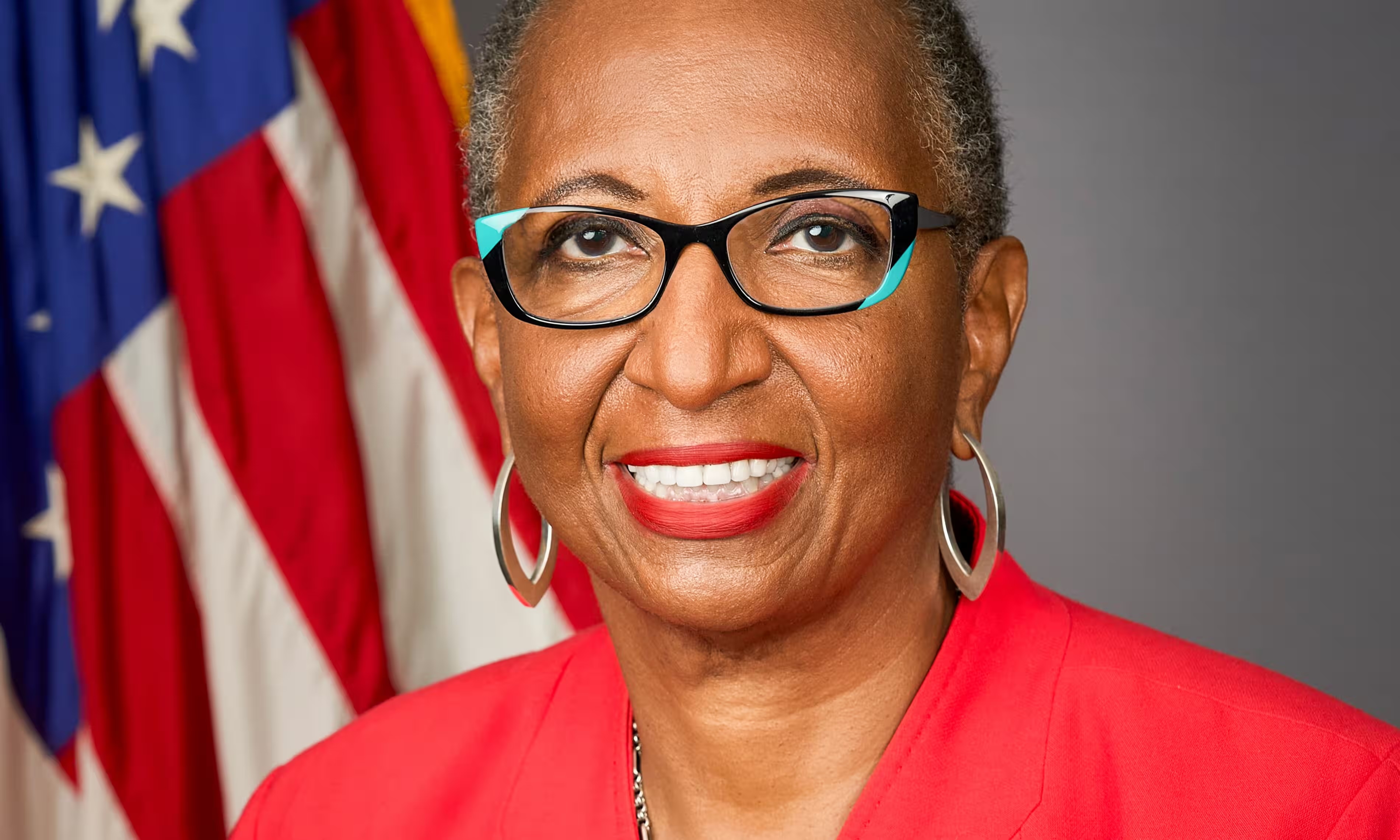The Guardian wins February Sidney for coverage of Trump’s illegal firing of National Labor Relations Board Chair
Michael Sainato of the Guardian wins the February Sidney Award for coverage of Trump’s illegal firing of National Labor Relations Board (NLRB) Chair Gwynne Wilcox. The firing paralyzes the NLRB by denying it a quorum to operate and imperilling workers’ rights.
Wilcox was confirmed by the senate to serve a 5-year term ending in mid-2028. The National Labor Relations Act authorizes the president to fire NLRB members “for neglect of duty or malfeasance in office, but for no other cause.” No such misconduct was alleged against Wilcox, she is being removed because the president dislikes her decisions in office, making her dismissal illegal on its face. Should her termination stand, she would be the first and only member to be removed in the board’s 90-year history.
Wilcox is suing to get her job back. She is seeking an injunction for her immediate reinstatement so the board can continue functioning as a congressionally mandated independent agency.
Sainato reached out to three former chairs of the NLRB to get their perspective on the firing.
Wilma B. Liebman, who chaired the board from 2009 to 2011, called Wilcox’s termination “brazen and shocking, contrary to long existing Supreme Court precedent, the clear language of [the NLRA], and decades of custom.” She added that firing Wilcox, the first Black woman to chair the board, “reeks of discriminatory motive.”
“It was unprecedented to have a sitting board member terminated because of her positions that she’s taken in cases. That is clearly contrary to law,” said Lauren McFerran, who chaired the board until late 2024.
“Sainato went the extra mile to find sources who could contextualize this critical situation,” said Sidney judge Lindsay Beyerstein, “While many equivocate about the legality of this firing, Sainato is not afraid to state bluntly that it violates the National Labor Relations Act and is incompatible with Supreme Court precedent.”
Michael Sainato is a labor reporter for The Guardian US. A native of Albany, New York, he currently resides in Gainesville, Florida.

Backstory
Q: Give us an overview of your reporting strategy for this story.
A: I wanted to hear from previous members of the National Labor Relations Board who had continued serving during presidential administration changes about how unprecedented the firing of a board member was and its impact on the NLRB as a whole, and I looked for past chairs of the board who would have the most experience and background to contextualize the firing.
Q: Bring us up to speed on what has happened since your story ran.
A: Since the story ran, Gwynne Wilcox has filed a lawsuit challenging her termination and employers, such as Amazon owned Whole Foods, have cited the firing and lack of quorum of the board in their objections to accepting a union election win at a store in Philadelphia, Pennsylvania.
Q: In a nutshell, why are these firings illegal?
A: A president only has authority to remove a board member due to negligence or misconduct under the National Labor Relations Act. Neither was alleged, rather Donald Trump conducted the firing because he disagreed with her decisions on the board.
Q: What impact do these firings have on the operations of the NLRB?
A: The board can no longer render decisions, effectively paralyzing the judicial power of the board. Cases and processing can still continue, but without at least three of the five seats on the board filled, no decisions on cases can be made. This has already enabled employers to exploit this with further delaying accepting union election results. The firing also politicizes a government agency predicated on independence to enforce federal labor laws and violates the 1935 Supreme Court decision in the case of Humphrey’s executor, where the court ruled the US Constitution never gave the president “illimitable power of removal.”
Q: Did anything unexpected happen during the reporting of this story?
A: I was struck by how shocked and appalled these former chairs of the NLRB were by the firing and its impact on the independence of the agency, federal labor law, and how anti-democratic the decision to fire a board member was.
Q: What did you learn from reporting this story that you will carry forward to your next assignment?
A: I think it reaffirms the need to reach out to the people with the best background and experience to speak on and contextualize issues in news stories rather than relying on sources that are already publicly speaking or very accessible.


